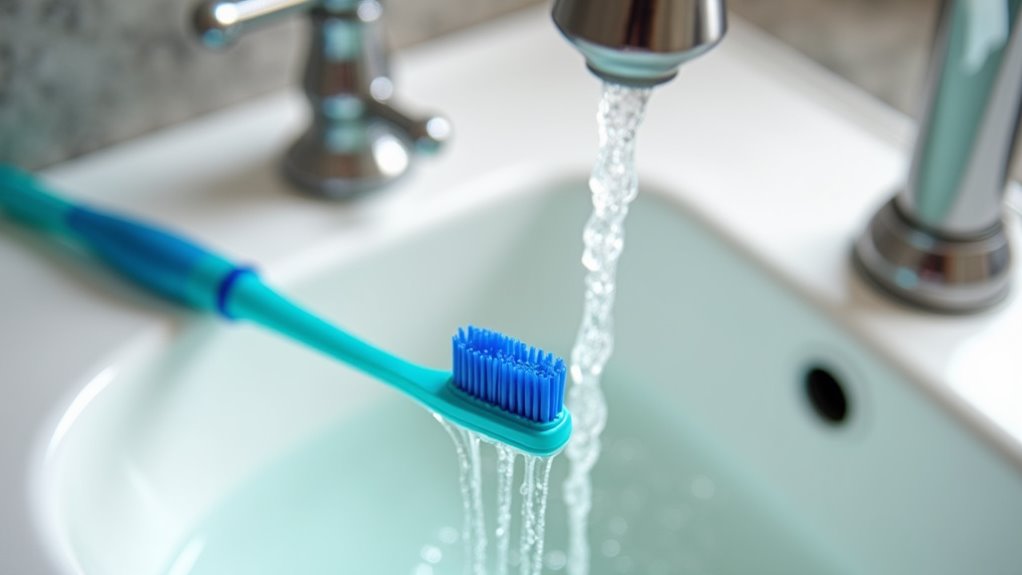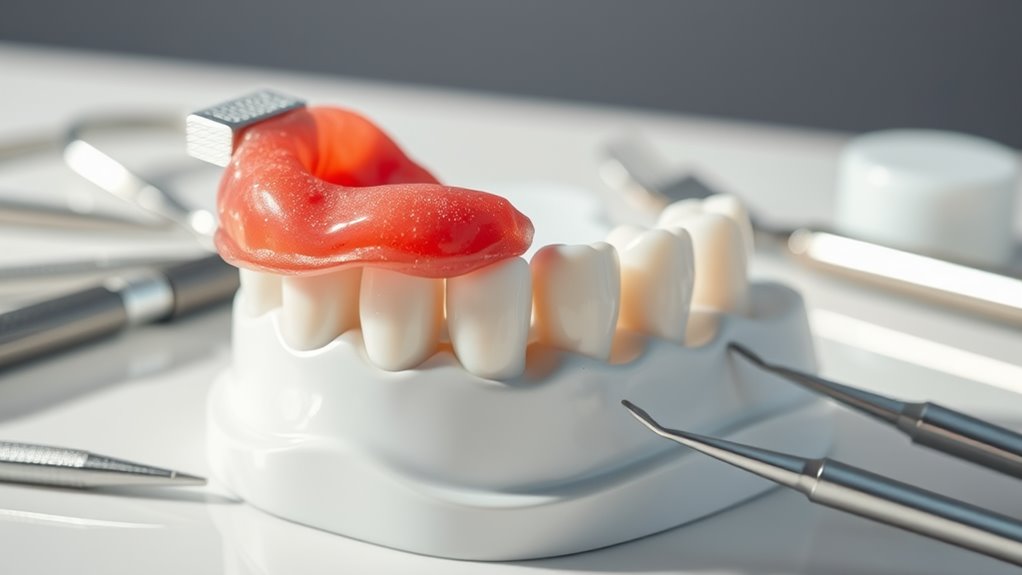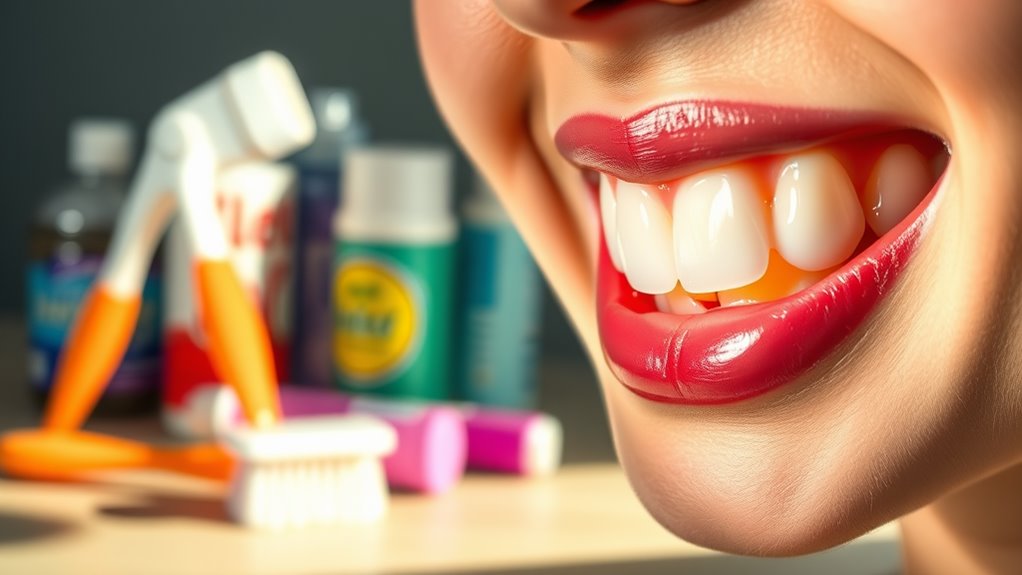Dentists Recommend This One Trick for Perfect Oral Health!
You’ve heard it countless times from your dentist, but you’re still not doing it consistently – flossing. While brushing your teeth tackles surface-level cleaning, it’s not enough for complete oral health. There’s a reason why dental professionals worldwide consider flossing the ultimate secret to perfect teeth and healthy gums. Before you dismiss this advice again, discover why this simple daily habit could save you from expensive dental work and painful procedures.
Why Flossing Is the Key to Dental Health
While brushing removes surface plaque, flossing reaches the critical spaces between teeth where most serious dental problems begin. Those tiny crevices harbor harmful bacteria that can lead to cavities, gum disease, and eventual tooth loss if left unchecked.
You’re missing about 35% of your tooth surfaces when you skip this essential step. This dentist recommended trick isn’t just about dislodging trapped food particles – it’s about disrupting bacterial colonies before they can establish themselves.
You’ll notice an immediate difference in how clean your mouth feels, but the long-term benefits are even more impressive. Regular flossing reduces inflammation, prevents bone loss, and can add years to your teeth’s lifespan. However, be mindful of common flossing mistakes that could be harming your gums instead of helping them.
When you make flossing a daily habit, you’re not just following a dental routine – you’re investing in a future of stronger teeth, healthier gums, and fewer expensive dental procedures. It’s the most powerful yet underutilized tool in oral care.
The Science Behind Daily Flossing
The microscopic world between your teeth reveals why flossing delivers such powerful benefits. When you floss, you’re disrupting complex bacterial colonies that form biofilms – living matrices of microorganisms that stick to your teeth.
These biofilms begin reforming within hours after eating, making daily flossing crucial for preventing their establishment.
Modern research shows that oral bacteria communicate through chemical signals, creating organized communities that become increasingly resistant to brushing alone. That’s where flossing’s mechanical action becomes your secret weapon.
- Flossing physically breaks apart bacterial networks before they can mature into destructive colonies.
- The sliding motion of floss removes sticky proteins that bacteria use as anchoring points.
- Each flossing session eliminates millions of bacteria that brushing can’t reach, preventing them from triggering inflammation. Additionally, exploring alternatives to flossing can diversify oral hygiene practices for better gum health.
Master the Perfect Flossing Technique
How you floss matters just as much as doing it daily. The right technique ensures you’re removing plaque and debris effectively while protecting your gums from damage. Here’s how to upgrade your flossing game with precision moves dentists swear by.
It’s important to remember that cleaning tongue is an equally crucial step in maintaining overall oral hygiene.
| Step | Action |
|---|---|
| 1. Break | Pull 18 inches of floss, wrap around middle fingers |
| 2. Position | Create C-shape curve around each tooth |
| 3. Movement | Slide up and down gently, not sawing back and forth |
| 4. Progress | Use clean section of floss for each tooth gap |
Don’t rush through the process – take your time to work the floss into each space. Start at the back teeth and methodically work your way forward. Remember to reach both sides of each tooth and dip slightly below the gum line. You’ll notice immediate improvements in your oral health when you master these precise movements.
Common Flossing Mistakes to Avoid
Despite regular flossing habits, many people unknowingly make mistakes that reduce its effectiveness. You might be diligent about your daily flossing routine, but if you’re not using the proper technique, you’re missing out on crucial benefits.
To optimize your flossing game, it’s essential to identify and correct these common missteps.
-
Using a sawing motion that damages your gums instead of gently sliding the floss up and down along the tooth’s surface in a C-shape pattern
-
Rushing through the process and not dedicating at least two minutes to thoroughly clean between each tooth, including those hard-to-reach back molars
-
Reusing the same section of floss throughout your mouth, which simply transfers bacteria from one area to another instead of removing it
Additionally, remember that daily flossing is vital for preventing cavities and promoting healthier gums.




